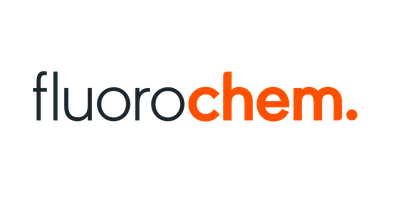Lithium chloride hydrate 99.9+% 50 g
SKU 004816
€ 164,83
In stock
1
Save this product for later
Lithium chloride hydrate 99.9+% 50 g
Product Details
CAS number: 16712-20-2
Chemical formulas: LiCl . H2O/ F.W. 60.41
Cation: Li
Packaging: 50 g
EAN: 8721028233462
Brand: Laboratoriumdiscounter
Lithium chloride hydrate is a highly sought-after compound used in various industries, including pharmaceuticals, ceramics, and batteries. With its exceptional moisture-absorbing properties and ability to stabilize chemical reactions, this unique compound plays a crucial role in the production of lithium-ion batteries, making it an essential component in the rapidly growing electric vehicle market. Discover the diverse applications and benefits of lithium chloride hydrate in this informative SEO description.
When working with Lithium chloride hydrate, it is important to follow safety instructions to ensure your well-being and prevent any accidents. Here are some short safety instructions to keep in mind: 1. Personal Protective Equipment (PPE): Always wear appropriate PPE, including safety goggles, gloves, and a lab coat or protective clothing, when handling Lithium chloride hydrate. This will protect your eyes, skin, and clothing from potential contact or splashes. 2. Ventilation: Work in a well-ventilated area or use a fume hood to prevent the accumulation of harmful vapors or gases. Lithium chloride hydrate can release irritating or toxic fumes when heated or exposed to certain conditions. 3. Storage: Store Lithium chloride hydrate in a cool, dry, and well-ventilated area away from incompatible substances. Keep it tightly sealed in its original container to prevent moisture absorption and potential reactions. 4. Handling: Handle Lithium chloride hydrate with care to avoid spills or breakage. Use appropriate tools and equipment to transfer or measure the substance, ensuring that the work area is clean and free from any potential hazards. 5. Fire safety: Lithium chloride hydrate is not flammable, but it can release irritating or toxic fumes when exposed to high temperatures or flames. Keep it away from open flames, sparks, or any potential sources of ignition. 6. First aid: In case of accidental contact with Lithium chloride hydrate, immediately flush the affected area with plenty of water for at least 15 minutes. If irritation persists, seek medical attention. If ingested, seek immediate medical help and provide the medical professional with all relevant information. 7. Emergency procedures: Familiarize yourself with the emergency procedures specific to your workplace or lab. Know the location of safety showers, eyewash stations, fire extinguishers, and emergency exits. 8. Handling waste: Dispose of Lithium chloride hydrate and any contaminated materials according to local regulations and guidelines. Do not pour it down the drain or dispose of it with regular trash unless permitted. Remember, these are general safety instructions, and it is essential to consult the specific safety data sheet (SDS) and follow the guidelines provided by the manufacturer for the safe handling and use of Lithium chloride hydrate.
Please note, not all safety data for this product is available on our website, for a complete list of P en H sentences and other safety instructions please request the MSDS at our customer service
You May Also Like
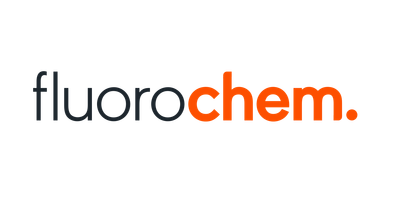
4-Methoxy-N-methylbenzylamine, 97.0%, 100g
4-Methoxy-N-methylbenzylamine, 97.0%, 100g
SKU F042366-100G
€ 75,90
Powered by Lightspeed
Display prices in:EUR
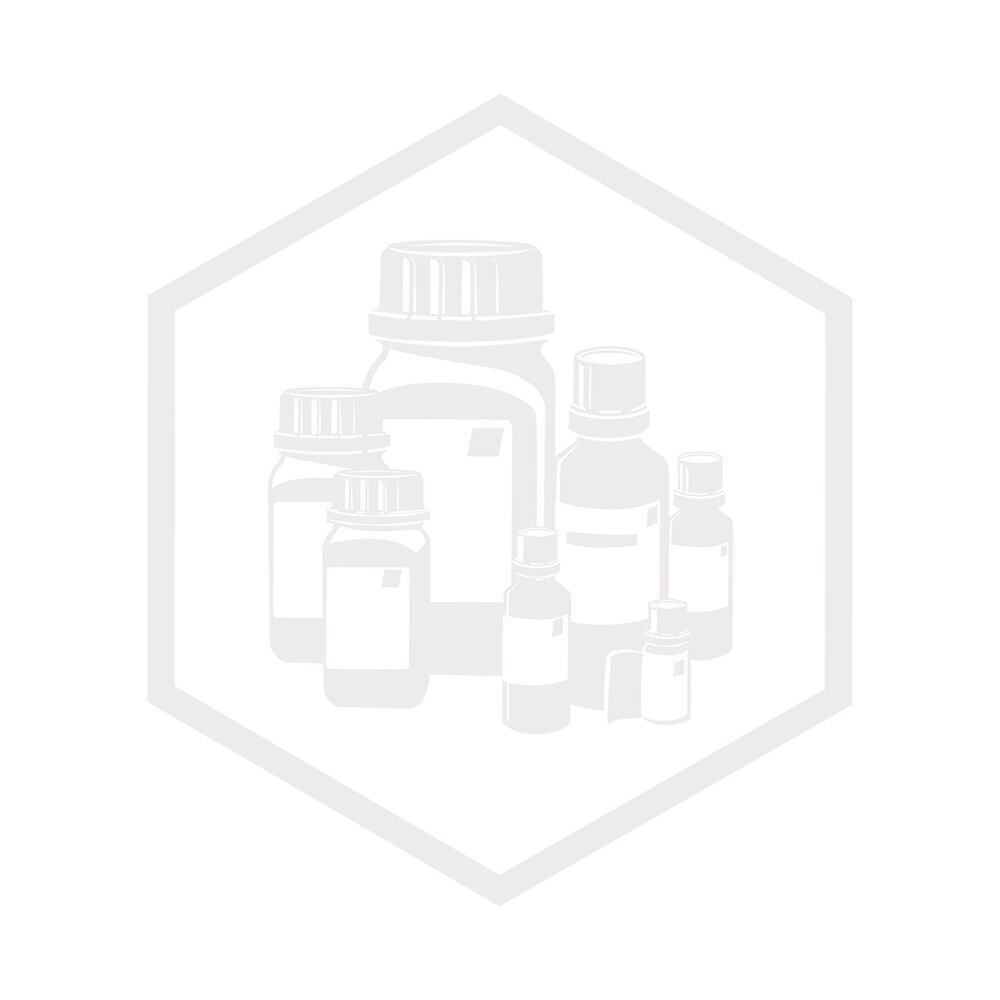
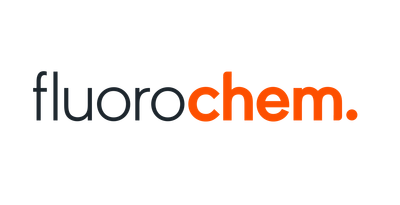
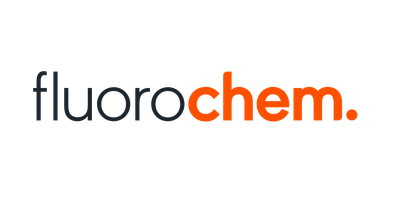
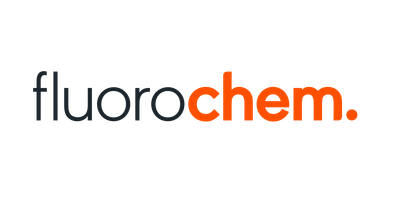
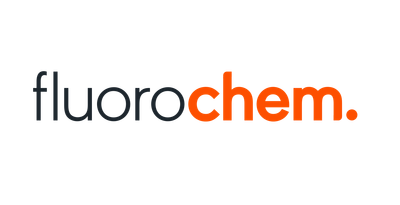
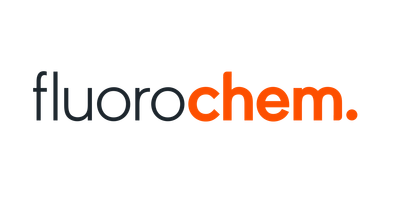
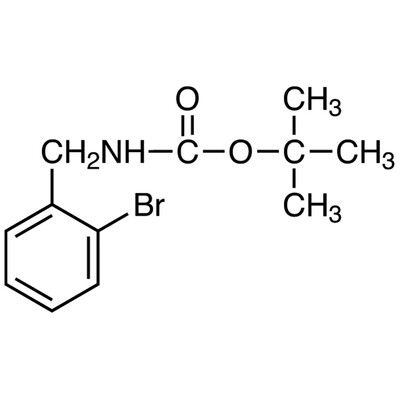
![3-(1-tert-butyl-4-oxo-1,4-dihydro-5H-pyrazolo[3,4-d]pyrimidin-5-yl)propanoic acid, 95.0%, 500mg 3-(1-tert-butyl-4-oxo-1,4-dihydro-5H-pyrazolo[3,4-d]pyrimidin-5-yl)propanoic acid, 95.0%, 500mg](https://d2j6dbq0eux0bg.cloudfront.net/images/88473019/4859969967.png)
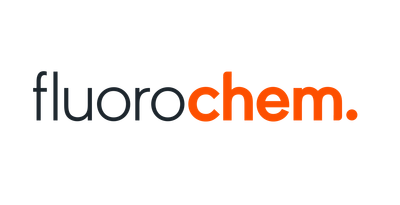
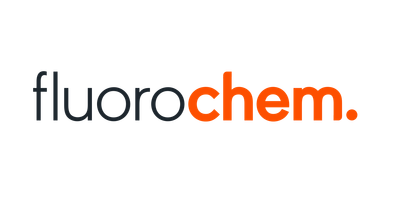
![1H-Pyrrolo[2,3-c]pyridine-5-carbonitrile, 95.0%, 1g 1H-Pyrrolo[2,3-c]pyridine-5-carbonitrile, 95.0%, 1g](https://d2j6dbq0eux0bg.cloudfront.net/images/88473019/4856872862.png)
